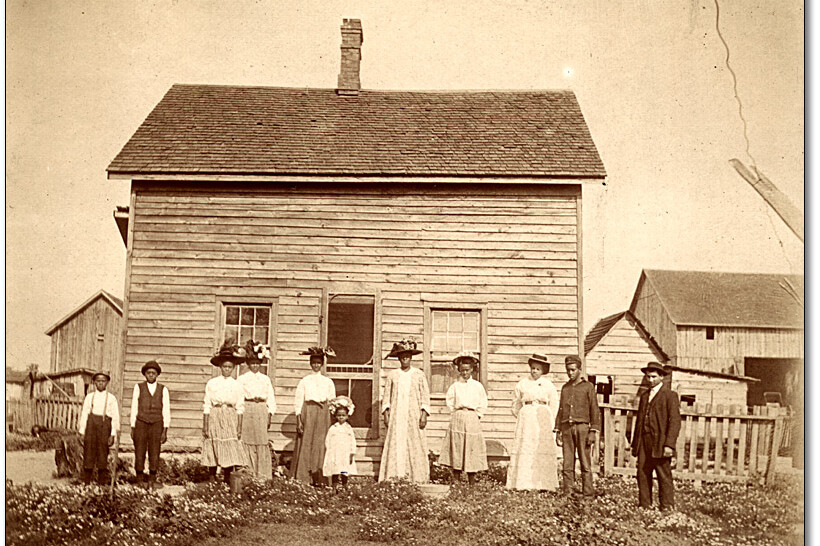Underground Railroad in Vermont
How did the Vermont Underground Railroad differ from other regions?
The Underground Railroad existed in Vermont, but it was not an organized movement. Wedged between New York, New Hampshire, and Canada, freedom seekers found safe havens with abolitionists. Abolitionists met and planned to help individuals escape enslavement. In other states, Underground Railroad activists hid individuals. They maintained great secrecy to prevent further endangerment. But many freedom seekers did not require such lengths in Vermont. They rarely had to hide and were provided shelter by individuals, families, and friends instead. These people often connected freedom seekers with others who would offer the same treatment. There is little evidence of slave catchers found in historical documents in Vermont. Therefore, some freedom seekers created their own travel itineraries and proceeded at their own risk.
The geography of Vermont made it a thoroughfare of sorts. Some freedom seekers traveled by foot on roadways. Some carried letters of introduction to sympathetic households, and other abolitionists sent words of support ahead of a freedom seeker’s arrival so that they would be received well. Sometimes, Vermont activists acted as guides through Vermont. Besides roads, transportation included stage, canal, and steamer routes also. Though Lake Champlain became an active corridor of movement, railroads also help freedom seekers get to their final destinations beginning in the 1850s. Canada was a final destination for many attempting to escape enslavement. However, many freedom seekers settled in Vermont.
Learn More
Follow the links below to explore related topics.
Free & Safe: The Underground Railroad, presented by the Rokeby Museum
Friends of Freedom: The Vermont Underground Railroad Survey Report
The Underground Railroad Project: Anti-Slavery
The Anti-Slavery Timeline
The Underground Railroad in Vermont on "Across The Fence"
Abolition and the Underground Railroad in Vermont

